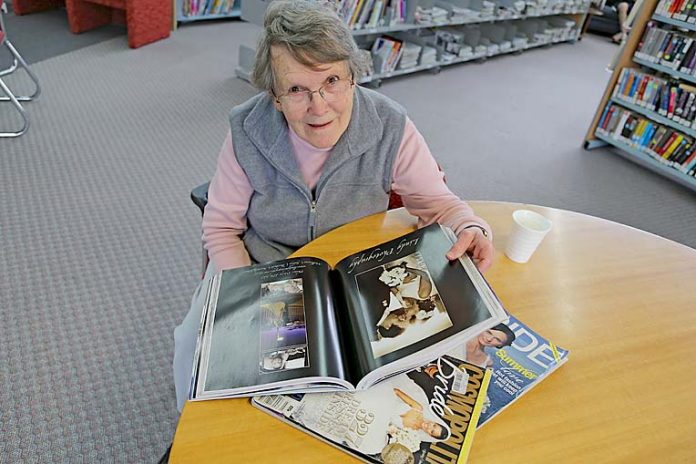

AS more than 16 million ballot papers to ascertain views on same sex marriage begin to be sent out across Australia from today, one Millicent resident has declared she will be marking the “no” box.
The “should the law be changed to allow same-sex couples to marry?” question will be answered with a resounding “no” by Sylvie Lanspeary, citing the current legal definition of marriage as her reasoning.
“Marriage should be between a man and a woman,” she said.
“I’ve got nothing against two men or two women being together, but I don’t think them getting married was ever meant to be.
“Letting gays get married takes a certain meaning out of normal marriage I think.
“I don’t agree with it and I just think it’s wrong.”
Ms Lanspeary said while she was not opposed to same sex attracted individuals entering de facto relationships, she believed the purpose of marriage was inconsistent with homosexuality.
“I’ve got nothing against them living together,” Ms Lanspeary said.
“There are plenty of couples that are living together now and aren’t married.
“I just don’t think it balances in society properly.”
The voluntary Australian Marriage Law Postal Survey will run from today until November 7 to gain an understanding on whether respondents believe same sex marriage should be introduced to Australian law.
In 2004, the Howard Government introduced the Marriage Amendment Act in parliament specifying that marriage, undefined in the Act, would be defined as a “union of a man and a woman to the exclusion of all others”.
More than 20 bills dealing with with same sex marriage or overseas same sex unions have been introduced into the Federal Parliament since the 2004 amendment, with four bills coming to a vote.
The bills, introduced in the Senate in 2010, 2012 and 2013 and in the House of Representatives in 2012, were all defeated in the second reading stage.
While years of research indicate majority support in Australia for same sex marriage, a recent poll found individuals voting no was at 31.4pc, with just over 10pc of people reporting they were unsure how they would vote.
In the event of majority “no” result, the Federal Government will not allow a parliamentary debate or a parliamentary vote on legalising same sex marriage.
The government has pledged to facilitate a parliamentary debate and parliamentary vote in the case of a majority “yes” result, with parliamentarians free to vote their conscience.
However, Ms Lanspeary said because homosexual unions were opposed to the natural procreative process, they could not be considered as equivalent to heterosexual marriages.
“Children of gay couples have really only got one parent,” she said.
“One hasn’t got any physical connection with a child at all.
“Imagine what would happen if a child of a gay couple is at school and they are asked where their father was or where their mother was and they couldn’t answer.
“Kids can be really cruel in times like that.”
The results of the postal survey will be released on November 15.







